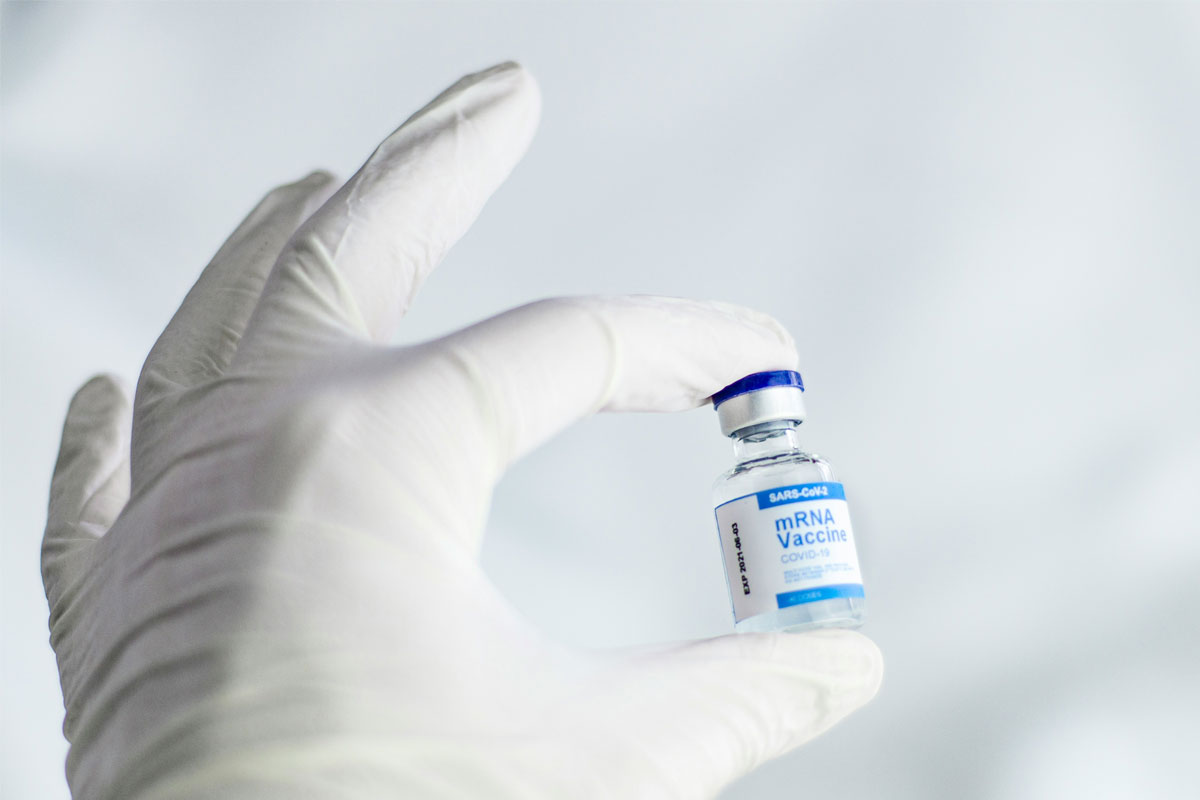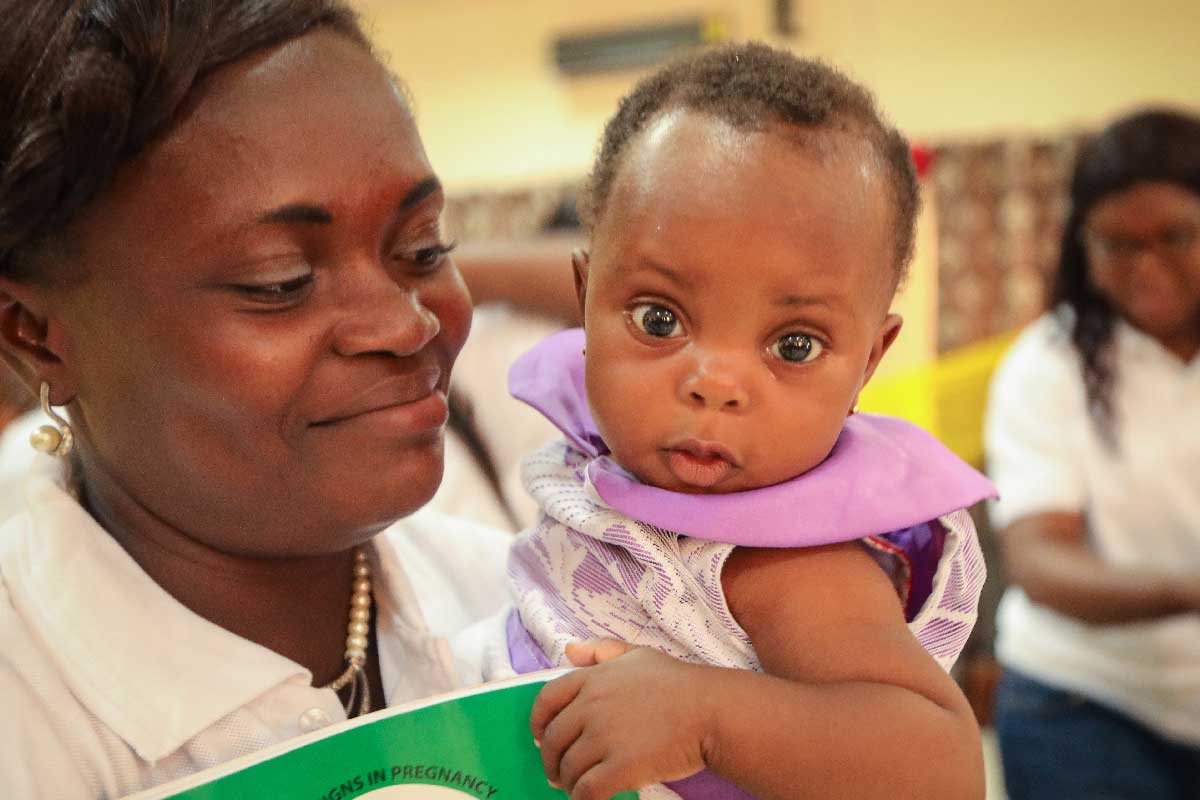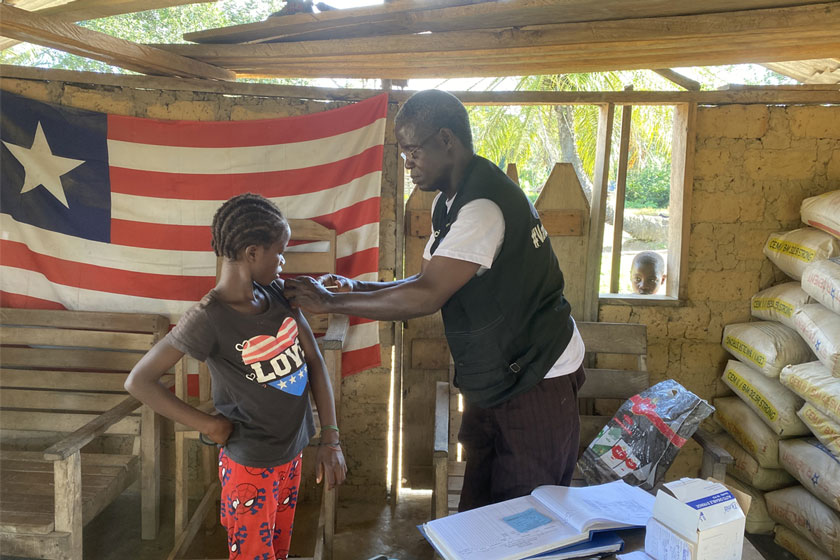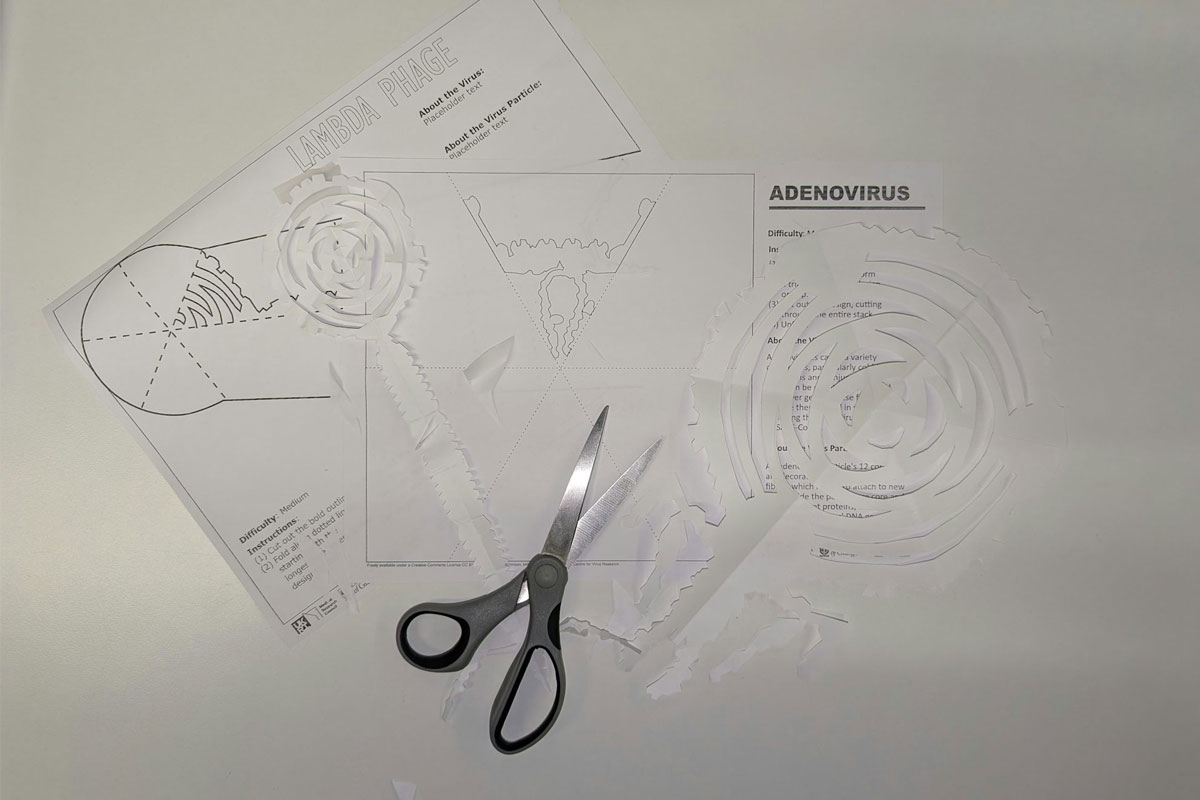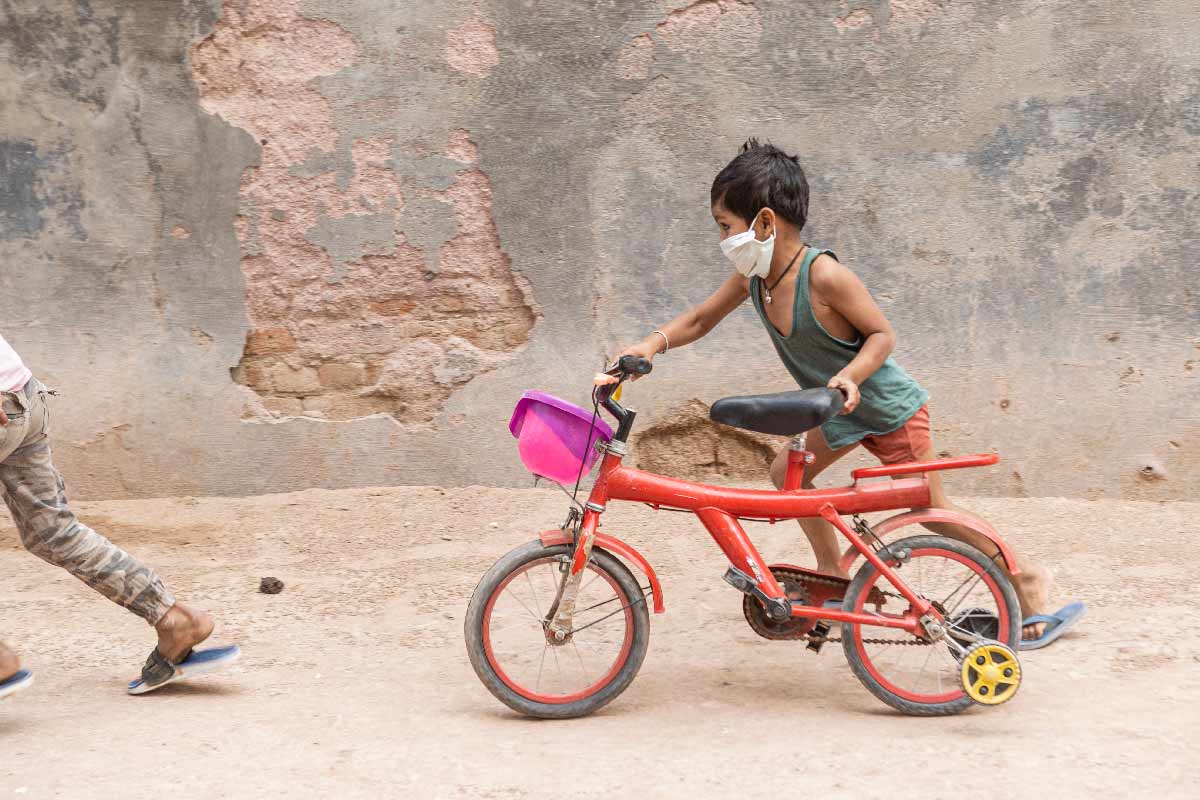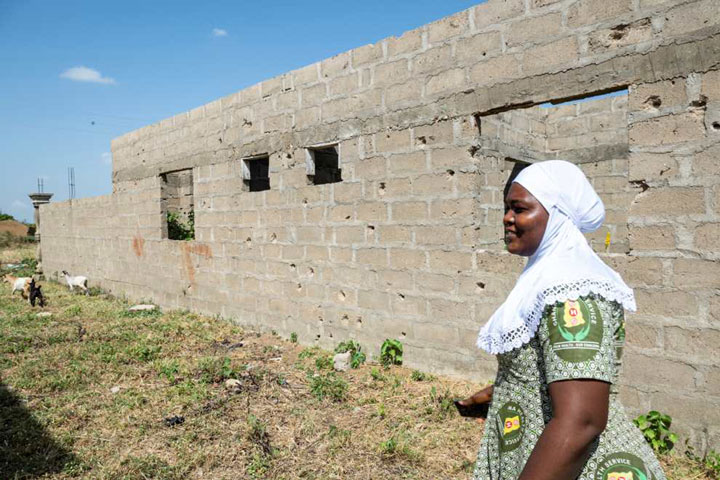How your morning commute could shape the next pandemic
New research using mobile phone data shows how daily travel patterns can fuel the spread of infectious diseases.
- 14 October 2025
- 3 min read
- by Linda Geddes
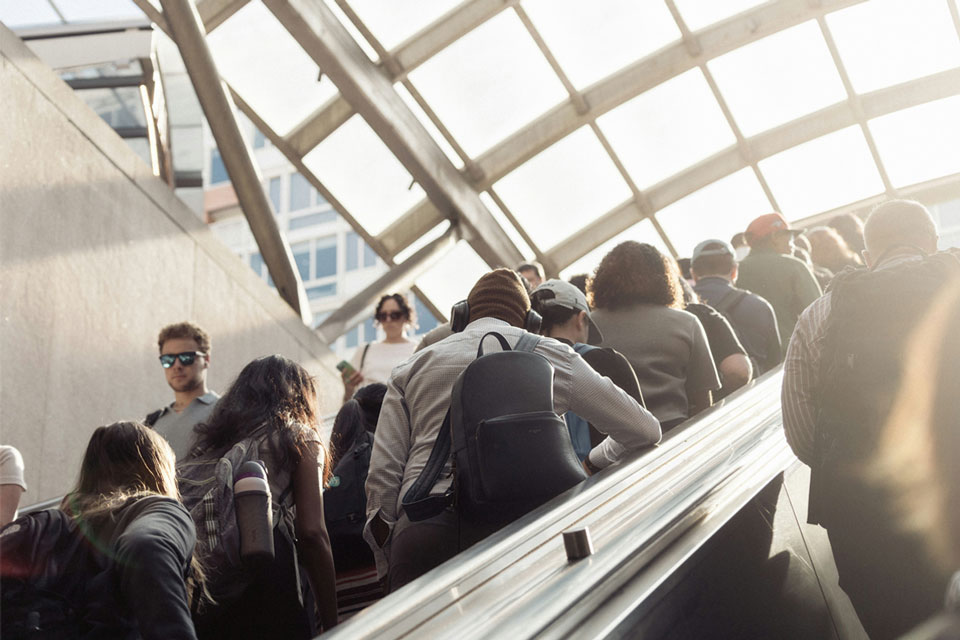
For millions of us, the morning commute is as routine as brushing our teeth. But all these daily journeys connect in an invisible network that can help viruses to travel almost as efficiently as we do. Now researchers have tapped into real-life commuting patterns to simulate the spread of COVID-19, revealing a richer and more detailed picture of how outbreaks unfold. Their approach could help to shape smarter and more targeted public health responses during future pandemics.
How do outbreaks spread?
During the COVID-19 pandemic, scientists realised that how and where people move during the day – including during their commute to work or school – could profoundly influence how outbreaks unfolded. Yet most traditional models for predicting the spread of disease have focused on long-distance travel instead.
For Dr Jae Woo Lee at Inha University in Incheon, Korea, and colleagues, this wasn’t good enough. Writing in the journal Chaos, they describe a new approach, called commuter metapopulation modelling, which they’ve designed to more closely capture the ebb and flow of people’s daily routines.
“It uses data from mobile phones to track when people leave their homes, where they go during the day, and when they return at night. This gives scientists a much more realistic map of how diseases spread through everyday human movement,” Lee said.
Have you read?
When they plugged in anonymised phone data from one of South Korea’s biggest telecom providers, they found that the model’s predictions closely mimicked what had been seen in the early stages of COVID-19.
Their model predicted that in dense urban centres such as Seoul, infections surged quickly, spreading to nearby towns connected by commuter traffic. However, more isolated places like Jeju Island – located 51 miles south of the Korean peninsula – saw a much slower spread since fewer people move in and out.
“Traditional models would have missed these crucial differences, predicting a smoother, almost uniform spread that doesn’t match reality,” said Lee.
The researchers hope their model’s performance underscores the vital role that realistic mobility data could play in improving epidemic modelling and predicting the course of future pandemics.
“Our daily journeys don’t just define our routines; they also shape the path of a pandemic,” said Lee.
“By showing how commuting patterns [with real-time data] shape this path, commuter metapopulation modelling can help governments and health officials design smarter responses. Instead of a one-size-fits-all lockdown, they can focus on high-traffic commuter corridors or protect vulnerable regions with limited connections.”
